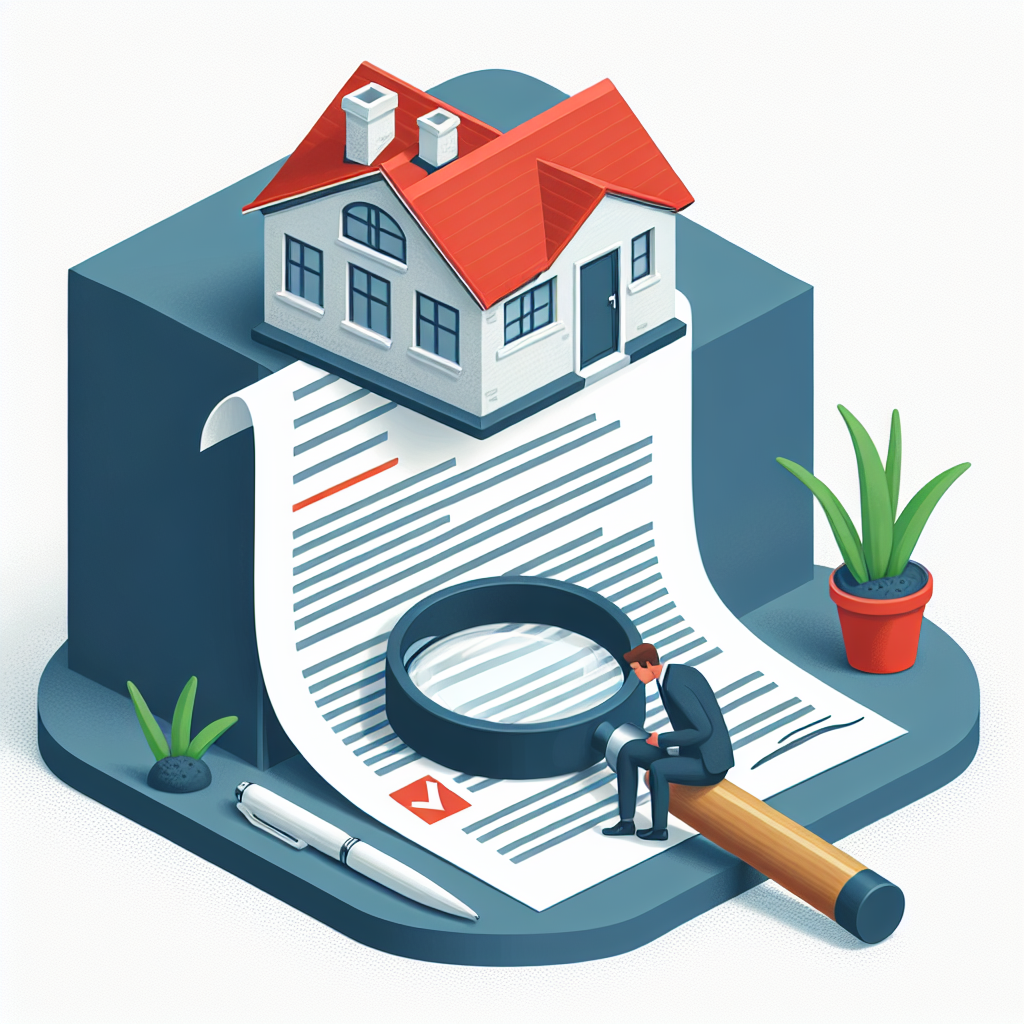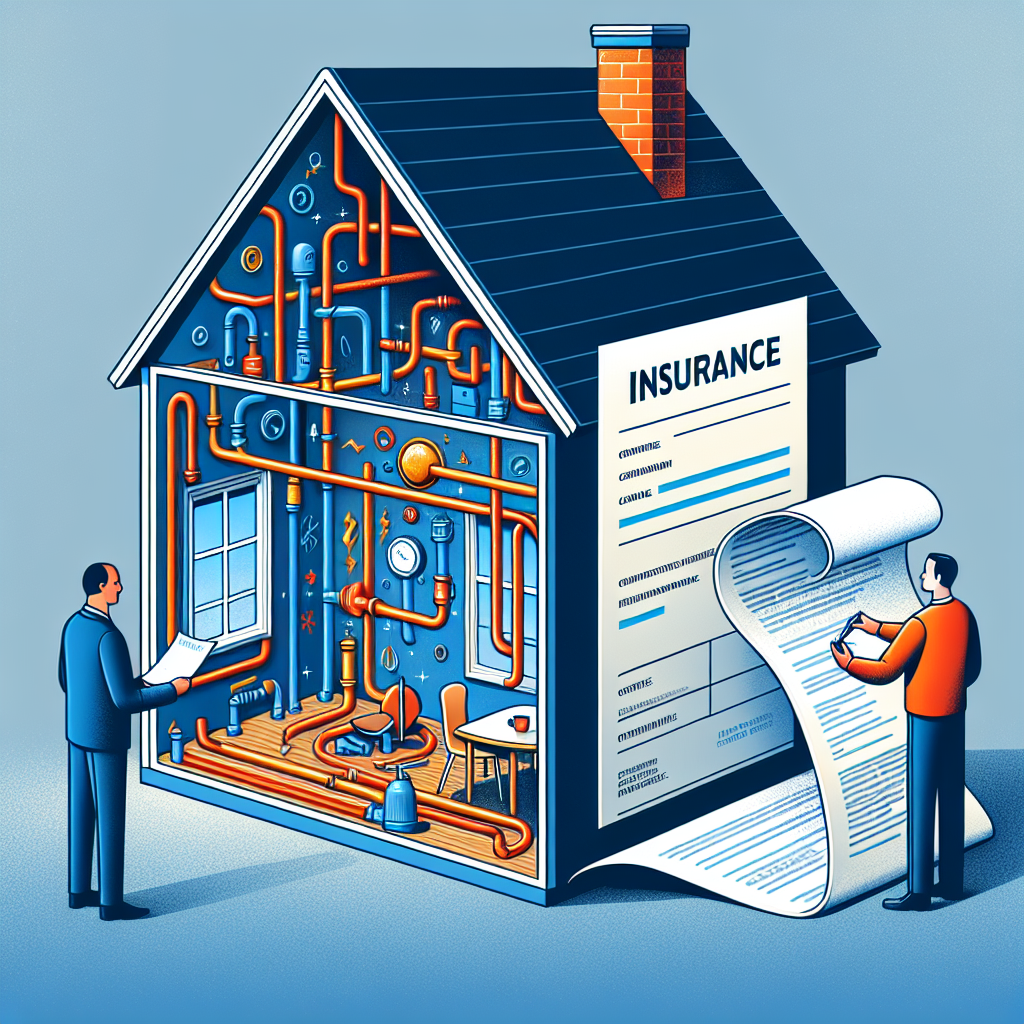Filed under Home Insurance on
Understanding Your Home Insurance Coverage Explained

Home insurance is an essential part of safeguarding your biggest investment: your home. Yet, many people may not fully understand what their policy covers or feel overwhelmed by its nuances. Understanding your home insurance coverage is crucial to ensure you are adequately protected, and to help you make informed decisions regarding your insurance needs.
The Basics of Home Insurance
Home insurance, also known as homeowners insurance, is a form of property insurance that provides coverage for a private residence. It is designed to cover various risks that could potentially damage your home or personal belongings. Familiarizing yourself with the basic components of your policy enables you to know precisely what is covered and what isn't, which is the first step in understanding your home insurance coverage.
Main Components of Home Insurance
- Dwelling Coverage: This part of the policy pays for repairs or rebuilding costs for the physical structure of your home if it's damaged by a covered peril.
- Personal Property Coverage: If your personal belongings are damaged, stolen, or destroyed, this component helps in repairing or replacing them.
- Liability Protection: If someone gets injured on your property or if you accidentally damage someone else's property, liability protection covers the legal and medical expenses up to your policy limit.
- Additional Living Expenses (ALE): If your home is uninhabitable due to a covered event, ALE covers the costs of temporary housing and other living expenses.
Understanding Your Home Insurance Coverage Limits
Each component of your home insurance policy comes with certain limits and deductibles. Limits are the maximum amounts your insurer will pay for a covered loss. Understanding these limits is vital in assessing whether your policy provides adequate protection.
Setting Coverage Limits
Your dwelling coverage limits should ideally reflect the cost of rebuilding your home from scratch at current construction prices. This is different from the market value or mortgage amount. Personal property coverage generally falls between 50% to 70% of your dwelling coverage. Adjust these limits based on the value of your possessions for comprehensive protection.
Choosing a Deductible
The deductible is the amount you'll pay out of pocket before your insurance coverage kicks in. Opting for a higher deductible can lower your premium but could pose a burden when filing a claim. Consider your financial capacity when selecting your deductible.
Common Perils Covered by Home Insurance
Your standard home insurance policy typically covers a wide range of risks known as perils. Familiarizing yourself with these helps in understanding your home insurance coverage better and preparing for unforeseen events.
- Fire and Smoke: Damage caused by fire or smoke is almost always covered, providing peace of mind in the event of a house fire.
- Windstorms and Hail: These are common perils, especially in storm-prone regions, and are covered by most policies.
- Vandalism: If your home is vandalized, the costs for repairs are typically covered.
- Theft: Most home insurance policies cover theft of personal belongings, both on and off your property.
- Water Damage: While floods often require separate coverage, some types of water damage, like from burst pipes, are covered.
Exclusions: What Isn’t Covered?
Not all events are covered under standard home insurance policies. Understanding these exclusions is essential for evaluating the need for supplemental policies.
Common Exclusions
- Flood Damage: Standard policies do not cover flood damage. Consider purchasing flood insurance if you live in a flood-prone area.
- Earthquake Damage: Like flood damage, earthquakes require separate coverage, especially in regions susceptible to seismic activity.
- Maintenance Issues: Damage resulting from neglect, wear and tear, and poor maintenance is generally not covered.
- Pests: Infestations by termites, bedbugs, or other pests are typically excluded.
Reviewing and Updating Your Coverage
Home insurance isn’t a set-and-forget thing; it requires periodic reviews to ensure your policy aligns with life’s changes. Understanding your home insurance coverage means being proactive about adjusting it as needed.
When to Reassess Your Policy
Consider reassessing your coverage limits and policy details when:
- You’ve renovated or expanded your home, which could increase its replacement cost.
- You’ve acquired high-value items like jewelry or art, requiring additional personal property coverage.
- You have lifestyle changes, such as starting a home business or adding security systems, which could impact your premiums.
The Role of an Insurance Agent
An experienced insurance agent can be a valuable resource in understanding your home insurance coverage. They can help explain policy details, suggest appropriate coverages, and ensure you’re getting the best value for your premiums.
Finding the Right Agent
Look for an agent who has in-depth knowledge of local building codes and risks, as well as a strong track record of client support. An informed agent can guide you through the intricacies of coverage, helping bridge any knowledge gaps efficiently.
Conclusion
Understanding your home insurance coverage is not just about knowing what your policy states but recognizing the nuances and making informed decisions accordingly. Protecting your home demands a comprehensive understanding of what you’re covered against, potential risks, and making timely adjustments to your policy. Consider consulting with experts or insurance agents to tailor your coverage to your unique needs and ensure your most valuable asset remains safeguarded against life’s unpredictable turns.





